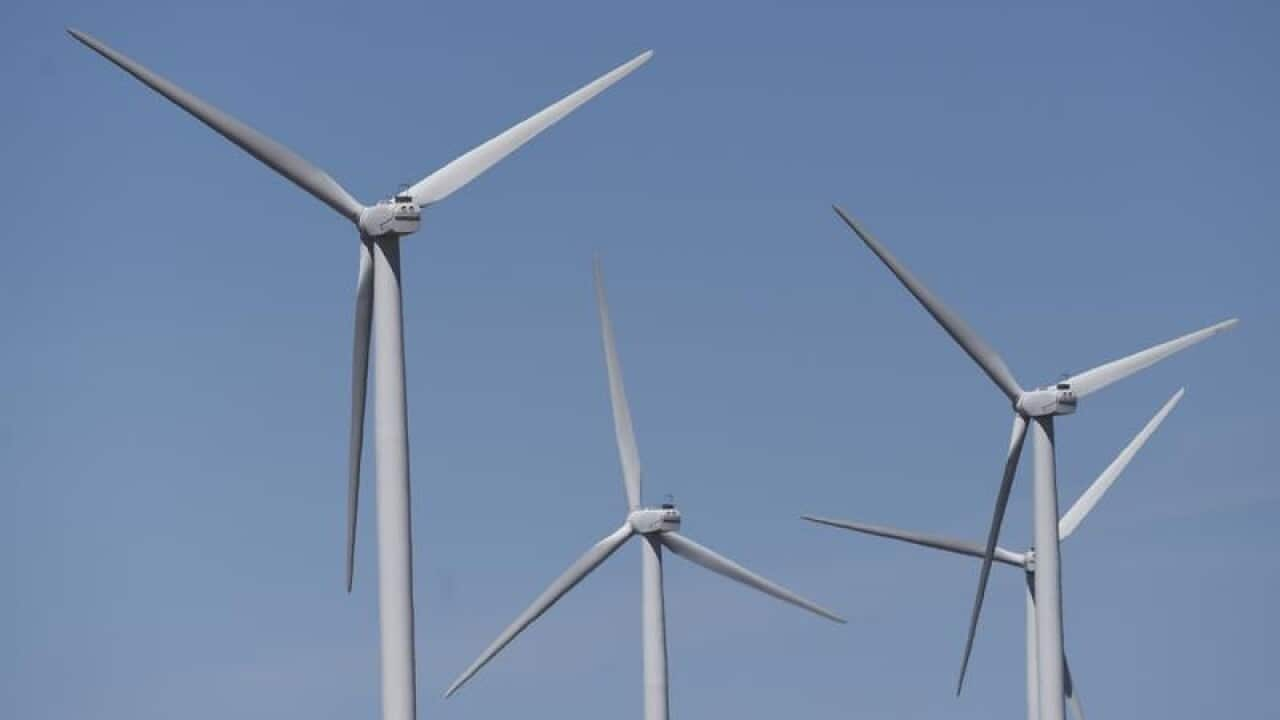Wind power generators can cause health problems if they result in people being exposed to excessive noise levels, according to new guidelines for Europe that the World Health Organisation (WHO) has published.
Exposure to wind turbines should not exceed 45 decibels during daytime, the Geneva-based UN agency wrote in the guidelines that it developed on behalf of the European Union.
In comparison, soft radio music has 50 decibels.
Although the recommendations were drawn up for Europe, they are relevant for the rest of the world because they are based on data from various continents, the WHO said.
European policymakers should heed the guidance, WHO Europe chief Zsuzsanna Jakab said in a statement. "More than a nuisance, excessive noise is a health risk - contributing to cardiovascular diseases, for example," she added.
"More than a nuisance, excessive noise is a health risk - contributing to cardiovascular diseases, for example," she added.

The WHO have set out new guidelines for noise levels around wind turbines. Source: AAP
German authorities currently recommend a maximum wind turbine noise exposure of 55 decibels during the day.
This update on the previous version from 2009 not only adds wind turbine limits to existing thresholds for aircraft, rail and road traffic: The WHO now also makes recommendations about leisure noise.
The combined exposure from nightclubs, concerts and listening devices should not exceed 70 decibels on average per year - about as loud as a hair dryer. A recent report in the Harvard Gazette cited two journals that found the transition to wind or solar power in the US would require five to 20 times more land than previously believed.
A recent report in the Harvard Gazette cited two journals that found the transition to wind or solar power in the US would require five to 20 times more land than previously believed.

A wind turbine next to the Niederaussem power plant in Germany. German authorities recommend a maximum wind turbine noise exposure of 55 decibels. Source: AAP
However, "wind beats coal by any environmental measure," the Gordon McKay Professor of Applied Physics at the Harvard John A. Paulson School of Engineering and Applied Sciences, David Keith said.
"That doesn't mean that its impacts are negligible."
Share

